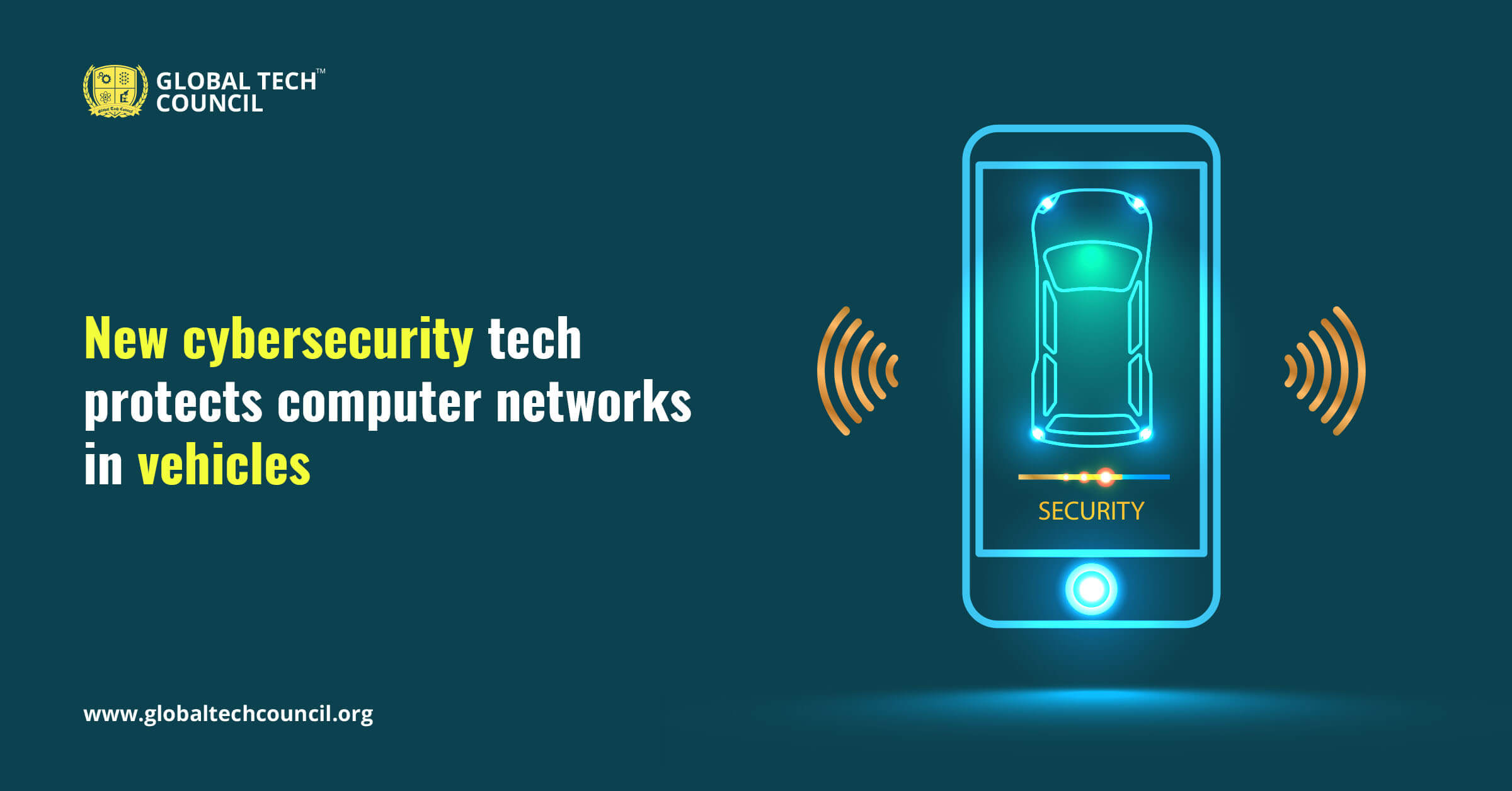
A group of experts from the United States in New York has initiated a unique machine learning-based platform to improve the reliability of computing networks within automobiles without compromising quality.
Research teams at the US Army Research Laboratory developed a methodology named “DESOLATOR.” The whole project was not covered by a single expert. It was collaborative work with professionals from the University of Queensland, Virginia Tech, and the Gwangju Institute of Science and Technology. The main aim was to aid improve worldwide outstanding cybersecurity methods identified as the motion target defense.
To guarantee that the DESOLATOR can take both protection and performance into account, the research group applied deep learning models. With the help of these deep learning models, the DESOLATOR can progressively alter the program’s response based on several reward factors. Some of such reward factors were exposing time and the amount of missed packets.
The overall capacity to create advanced functionality from the minimal learning datasets. And work with unlabeled data approaches aids in the generation of actionable and consistent group goals. This also helps cut down the time spent on character development, which is one of the most time-consuming aspects of machine learning. It also derives a framework that can be altered for any modifications. It is also capable of working on various challenges as a result of ongoing training, these are some examples of the deep learning platform.
The DESOLATOR technology is also capable of determining the best IP flicking frequency along with the bandwidth allotment. Because this method is based on machine learning, other experts could modify it to achieve alternative aims within the issue area. Understanding signals, speed breakers, speed limits, pedestrians are also possible due to deep learning.
Working of deep learning and machine learning
In terms of generating features of numerous items, Machine Learning pulls information from photos like corners as well as edges. These algorithms are then used to recognise the items. Machine learning doesn’t really necessitate the use of high-performance devices or a large amount of data. Machine learning has a subclass called deep learning. Now deep learning is a type of machine learning that identifies properties as well as activities from data. Pictures, text files, and audio data are all examples of data.
How machine learning can help in the protection of vehicles
The very first move of using artificial intelligence technology is to tackle security concerns in automated vehicles. By using machine learning techniques, one can gather as well as store the appropriate data. If a car’s electrical circuit is tracked with a platform which could store as well as analyse records, the automobile can identify suspicious activities as well as avoid cyberattacks, or it can even inform respective drivers and lessen the impact.
The learn and prevent system is built around an overall NXP microcontroller. It operates by observing a vehicle’s regular information sequences during the first few moments of a journey. The device then goes into observation phase, where it looks for abnormalities like an odd flood indication or order. If it detects a “unpleasant” signal, the car enters “limp phase,” effectively turning off the connection and also limits some features such as power steering as well as lane guidance until the automobile is restarted.
After an irregularity is discovered, one of three choices can be initiated: preventive or alert
The Preventive function is often used to “inform” the vehicle to reject the unauthorized instructions, and it could also be applied to stop hackers from using the same method. The Alert feature is used to transmit real-time messages to users, letting them take measures or autonomously notify police.
The theory is that targeting any mobile target will not be that easy, Dr. Terrence Moore, a US Army mathematician, explained. Now suppose all the things are fixed, the attacker will get a lot of time to examine, decide, and select targets. However, if the IP addresses are shuffled rapidly, then the intelligence associated with the IP address is quickly forgotten. The attacker must search for it again, Dr. Terrence Moore noted in a release.
Previous traditional in-vehicle systems were very economical. However, they were not designed with security measures in mind, according to Moore. There is a plethora of testing out there these days that focuses primarily on enhancing productivity or improving safety. It’s simply unusual to consider both productivities as well as safety, particularly for in-vehicle systems.
This sort of fortification of priority resources on a system, as per Army computer scientist and the program head Dr. Frederica Free-Nelson, is a crucial element for any form of network security. Nelson explained the ability to reorganize technologies is particularly very useful, not only for extending the research and combining the skills with numerous cyber activities for optimal cybersecurity protections.